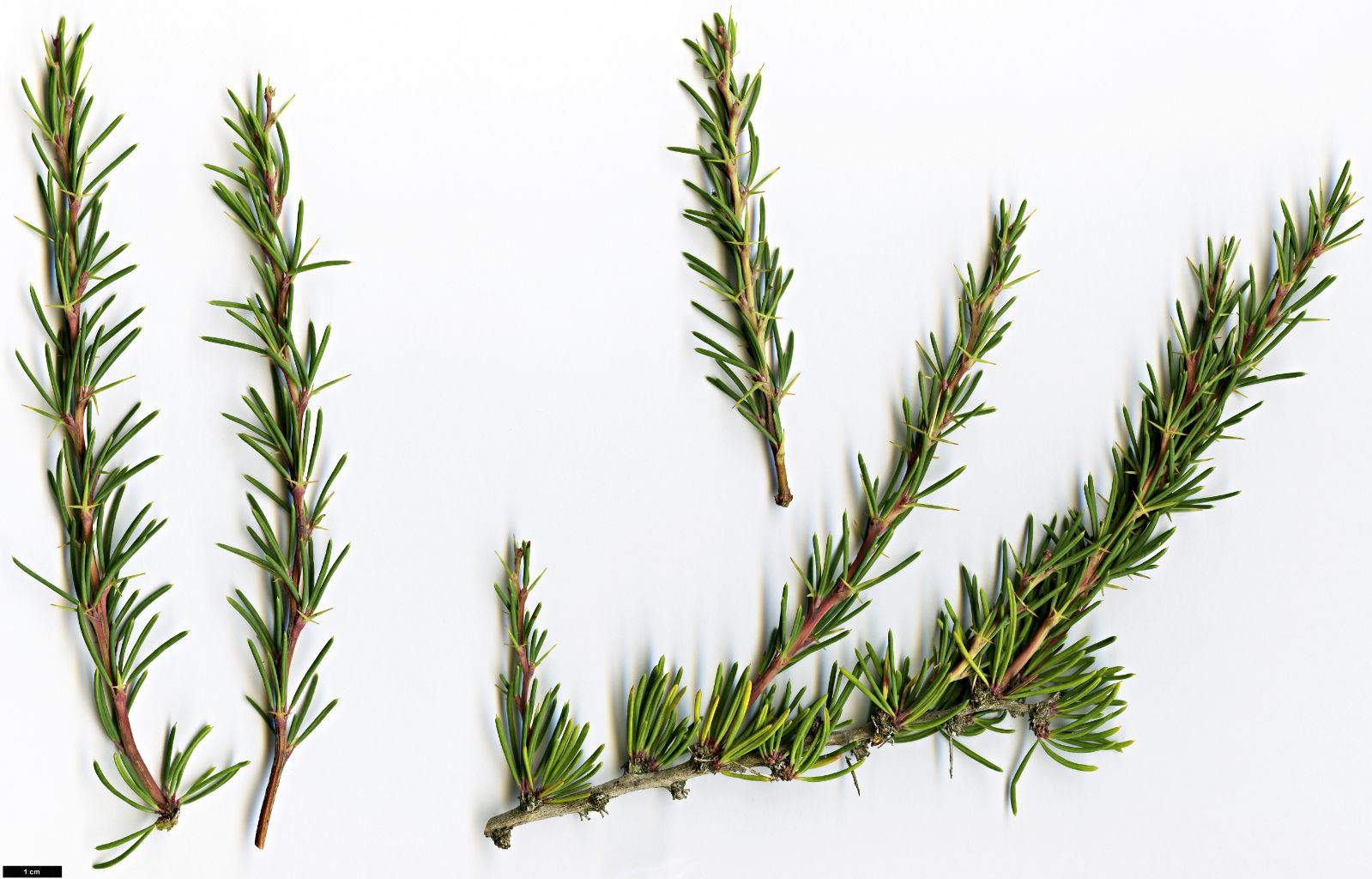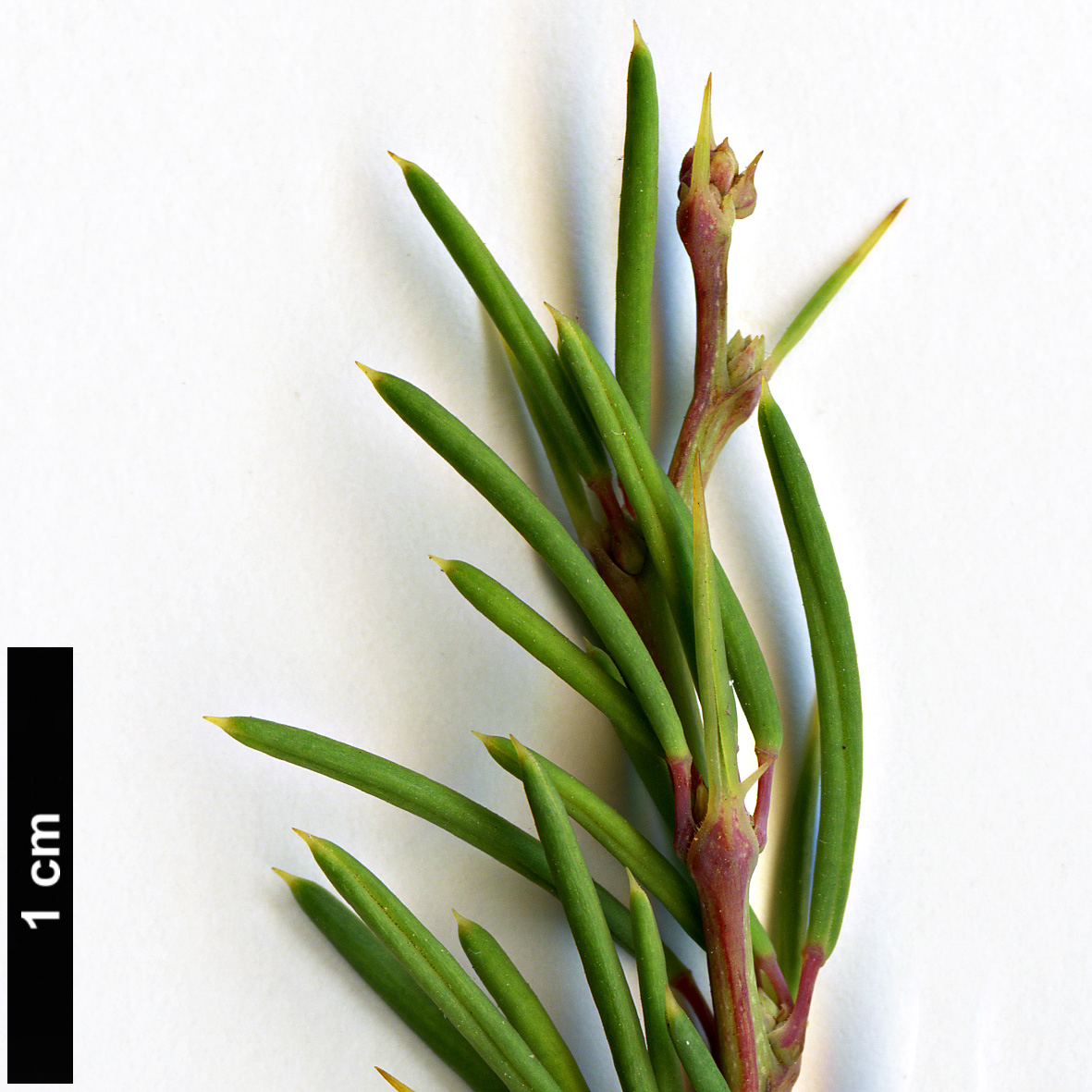Berberis empetrifolia
Credits
Article from Bean's Trees and Shrubs Hardy in the British Isles
Recommended citation
'Berberis empetrifolia' from the website Trees and Shrubs Online (treesandshrubsonline.
Genus
Other taxa in genus
- Berberis actinacantha
- Berberis aetnensis
- Berberis aggregata
- Berberis angulosa
- Berberis aristata
- Berberis asiatica
- Berberis atrocarpa
- Berberis beaniana
- Berberis bergmanniae
- Berberis buxifolia
- Berberis calliantha
- Berberis canadensis
- Berberis candidula
- Berberis × carminea
- Berberis chillanensis
- Berberis chrysosphaera
- Berberis comberi
- Berberis concinna
- Berberis coxii
- Berberis cretica
- Berberis darwinii
- Berberis dasystachya
- Berberis diaphana
- Berberis dictyoneura
- Berberis dictyophylla
- Berberis fendleri
- Berberis francisci-ferdinandii
- Berberis gagnepainii
- Berberis glaucocarpa
- Berberis gyalaica
- Berberis hakeoides
- Berberis heterophylla
- Berberis heteropoda
- Berberis hispanica
- Berberis hookeri
- Berberis hypokerina
- Berberis ilicifolia
- Berberis incrassata
- Berberis insignis
- Berberis jamesiana
- Berberis johannis
- Berberis julianae
- Berberis kawakamii
- Berberis koreana
- Berberis lecomtei
- Berberis lepidifolia
- Berberis linearifolia
- Berberis lycioides
- Berberis lycium
- Berberis manipurana
- Berberis mitifolia
- Berberis montana
- Berberis morrisonensis
- Berberis mucrifolia
- Berberis orthobotrys
- Berberis poiretii
- Berberis prattii
- Berberis pruinosa
- Berberis replicata
- Berberis × rubrostilla
- Berberis sanguinea
- Berberis sargentiana
- Berberis sibirica
- Berberis sieboldii
- Berberis silva-taroucana
- Berberis soulieana
- Berberis × stenophylla
- Berberis sublevis
- Berberis temolaica
- Berberis thunbergii
- Berberis tischleri
- Berberis triacanthophora
- Berberis tsarongensis
- Berberis umbellata
- Berberis valdiviana
- Berberis veitchii
- Berberis vernae
- Berberis verruculosa
- Berberis virescens
- Berberis vulgaris
- Berberis wardii
- Berberis wilsoniae
- Berberis yunnanensis
- Berberis zabeliana
A low, evergreen shrub, rarely more than 12 to 18 in. high, with slender trailing branches in this country, but, as seen in Chile, often sturdier and more erect; young shoots red. Leaves 1⁄2 to 1 in. long, quite narrow (less than 1⁄8 in.), and made to look still narrower by the margins being curled down; the apex is spine-tipped. The leaves arise in tufts from the axils of simple, or three-parted spines, 1⁄4 to 1⁄2 in. long. Flowers produced singly, or two together at each tuft, golden yellow. Fruit nearly black. Blossoms in mid-May.
Introduced from Chile in 1827 by Messrs Low, then nurserymen at Clapton. Quite distinct from any other barberry in leaf and habit, and the lowest-growing of them all, this little shrub is well worth a place in the rock garden. It is not common, but has played an important part in European horticulture in being one of the parents of the beautiful hybrid – B. × stenophylla. It was originally discovered by Commerson, the French traveller in South America.





